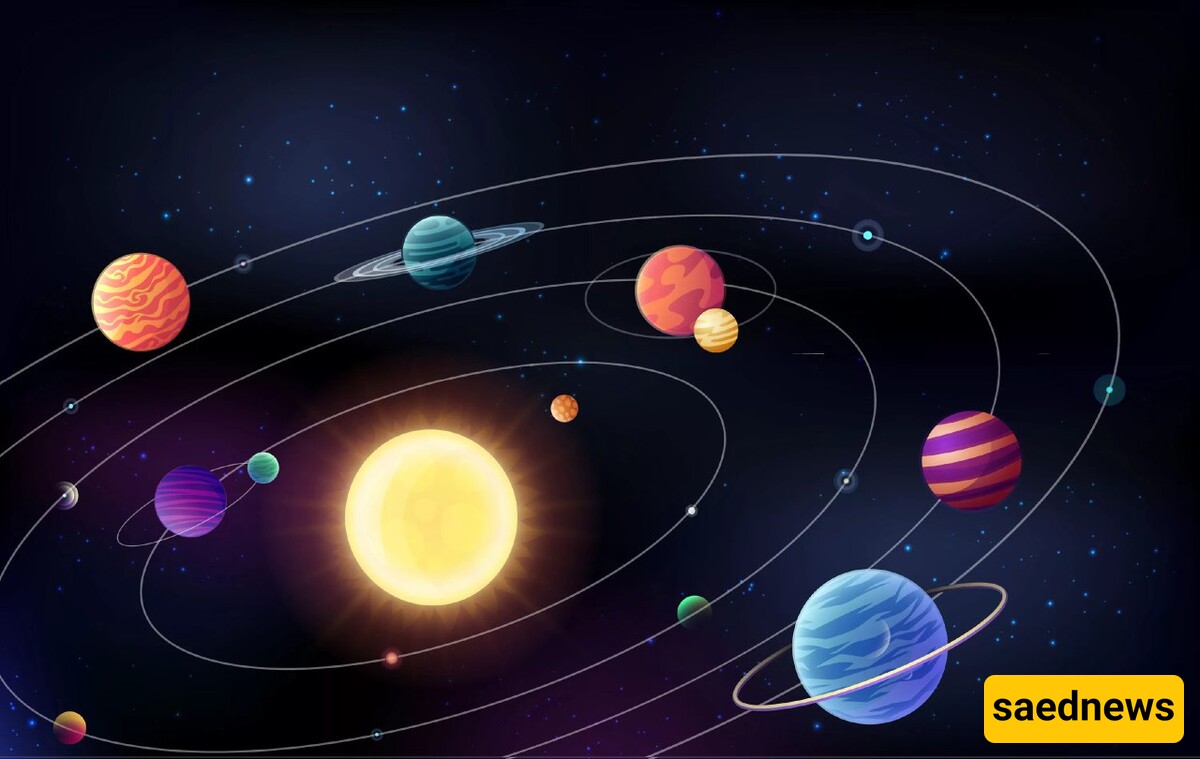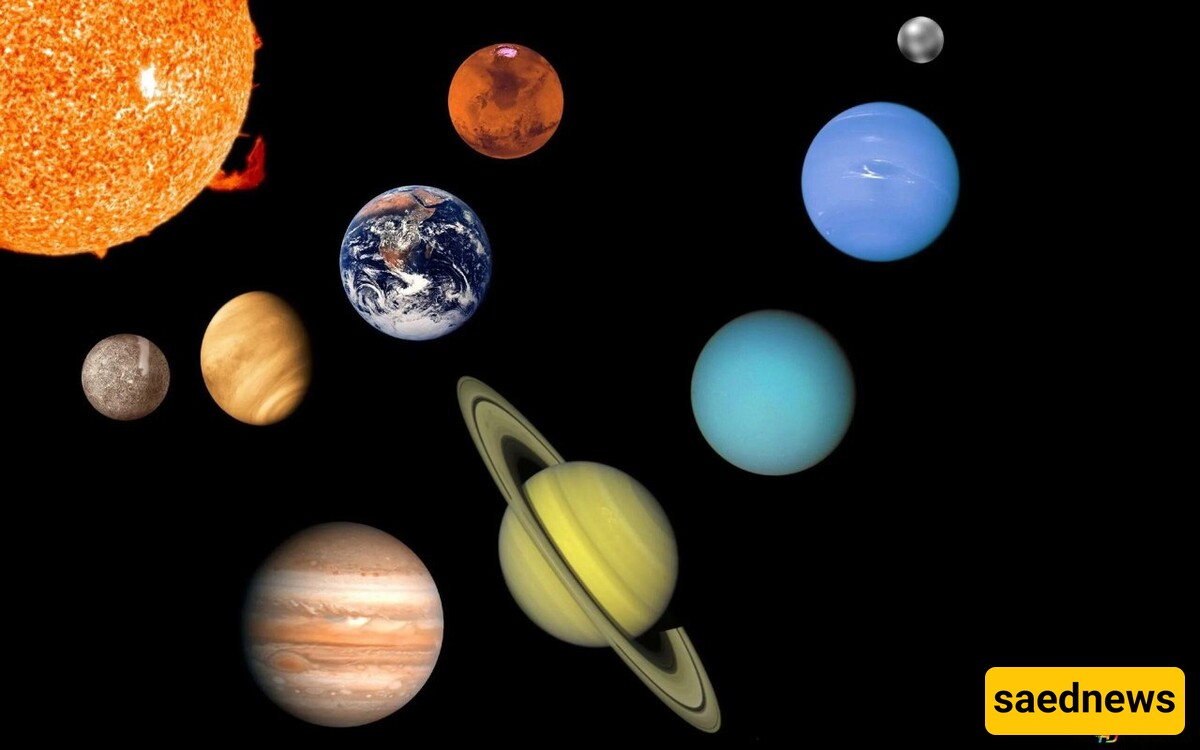SAEDNEWS: Have you ever wondered why this happens? Explore this post to gain insight about it.

According to SAEDNEWS, Have you ever looked up at the stars and wondered why everything seems to be in motion?
According to astrophysicist Carol Christian, who works with the Hubble Space Telescope, the universe has been in motion since its very beginning. She describes this motion as the “imprint of the beginning.” As the universe started expanding, that movement became a fundamental trait of everything within it.
One of the primary reasons everything in space is constantly moving is due to the expansion of the universe. This expansion mainly affects objects that are very far apart from each other. It’s not that these objects are moving through space in the way we might think. Instead, it’s the space between these objects that is expanding. As the universe grows, distances between galaxies and stars increase, giving the impression of motion on a grand scale.
On smaller scales, rotation takes the lead when it comes to movement. Christian points out that almost everything in the universe rotates. Whether it's tiny particles or massive galaxies, spinning is everywhere! This behavior is linked to a concept called angular momentum. Here’s how it works:
When two objects in space get close to each other, their gravity pulls them together. If they don’t collide or drift apart, they start to orbit each other. This same principle applies to everything around us, from tiny mineral grains to entire galaxies. Isn’t that fascinating?
To better understand this, think about making a pizza. When you toss the dough in the air and spin it, the dough flattens out into a circular shape. Similarly, our solar system formed from a spinning mass of gas and dust. This spinning motion stretched it out into a disc shape, allowing the planets to orbit the Sun. Angular momentum ensures that this spinning never truly stops, which is why our solar system functions the way it does.

When we think about galaxies, we might imagine them spinning like pizza bases. However, there’s something surprising about how galaxies behave. If galaxies were made only of the visible stars we can see, we would expect that stars located farther from the center would move slower than those near the center. But this isn’t what we observe. In fact, they move at surprisingly similar speeds, no matter where they are in the galaxy!
This unusual behavior led scientists to hypothesize the existence of dark matter. Dark matter does not interact with light, which means we can’t see it with telescopes. However, it has mass and influences other objects with its gravitational effects. This mysterious substance also experiences angular momentum, contributing to the overall movement of galaxies.
In the end, motion is a fundamental part of our universe. As astrophysicist Gomez remarks, it shows the universe is “alive.” While it may not be conscious, there’s a lot happening—chemical reactions, physical interactions, and more. All of these processes require energy, and the simplest form of energy is motion itself.
So, the next time you gaze up at the night sky, remember that motion is not just a result of individual objects moving around; it’s a sign of a vibrant, ever-changing universe. Everything—from the smallest particles to the largest galaxies—is always in motion, creating the beautiful dance of the cosmos we see all around us.
By understanding the principles of movement and the fascinating role of dark matter, we gain a deeper appreciation for the universe and its complex workings. Keep exploring, and who knows what other mysteries the stars might reveal!

